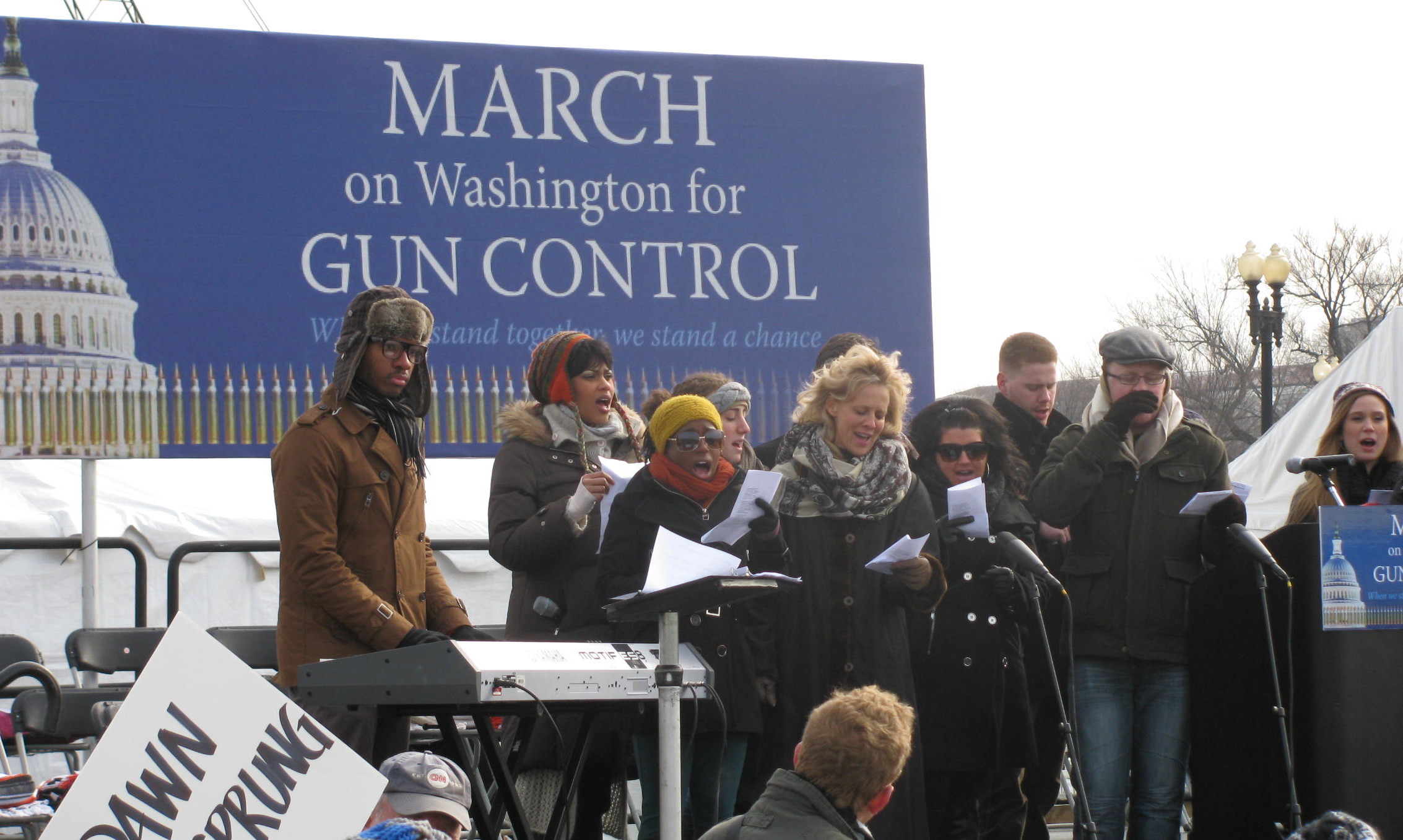“It is the Chinese water torture of a series of mass shootings that are happening more rapidly and are growing more deadly.” Mayors Against Illegal Weapons director Mark Glaze used this grim analogy while commenting on the effect the Naval Yard shootings will have on the national conversation about gun control. Many political commentators are reaching similar conclusions. The tragedy that took place on September 16th involved assault weapons, civilians, and a mentally disturbed attacker: it will inevitably impact the wider conversation about the availability of guns in America. But spectators of the gun control debate are also reacting to the Navy Yard tragedy with the demoralizing recognition that immediate effects are unlikely.
The Sandy Hook tragedy of last December, which resulted in 20 children and six adult victims of a shooter, precipitated a moderate piece of federal legislation that expanded backgrounds checks. The bill failed in Congress, falling short by six votes. The President addressed the outcome of such vote with a scathing condemnation. Few believe the Navy Yard shootings will trigger fresh efforts for federal legislation.
While Sandy Hook caused outrage across the nation, the most recent instance of gun violence has met a more muted response. Many commentators appear concerned that American people are too jaded to create a groundswell of support for further gun control reform. In his eulogy for the victims, President Obama emphasized that, “I’m here today to say that there’s nothing routine about this tragedy. Nothing routine about your loss.”
If Congressional change is out of reach at the moment, what is the future of gun control reform? Will Americans continue to endure this “Chinese water torture,” or will we find an alternative?
Interestingly enough, it seems some states already have. What has become a footnote in many reports on the Navy Yard shootings is the flurry of gun control legislation passed in state legislatures this spring. New York and California approved some of the strictest gun control legislation in the country, New York only one month after Newton. Among other measures, both states expanded bans on assault weapons and New York now requires health care workers to notify health officials if they believe a patient plans to harm others. Universal background checks have been approved by legislatures in Connecticut, Colorado, Denver, as well as New York; Maryland approved a reform package that includes a requirement that people submit fingerprints when registering for a handgun.
In contrast to aforementioned – and predominantly blue – states’ legislation, a handful of states have passed measures expanding gun owners’ rights. Conceal and carry laws were relaxed in Missouri, Arkansas, North Dakota, Kansas and Utah this year. Additionally, several states eased laws on school safety officials carrying arms.
The divergent legislative action of states may give pause to gun control advocates: according to the Washington Post, there are fewer restrictions on guns than there were a year ago. In spite of this, the state action that I have chronicled makes abundantly clear that gun control is an issue intimately related to location and therefore an issue that is more appropriately handled at the state level. Gun culture across the United States is as diverse as its citizens. Gun control legislation should reflect the gun culture and the safety concerns of individual communities, just consider the vastly different perspectives on firearms an urban New Yorker would have in comparison to an Alaskan who has hunted recreationally since childhood.
State legislation appears to be the most viable strategy for gun control reform in the near future. Thanks to Michael Bloomberg, however, advocates for federal level reform may not need to wait long for a second shot at Congress. Now that the Mayor of New York City is out of work he’s creating a gun control interest group organization to rival the NRA.
